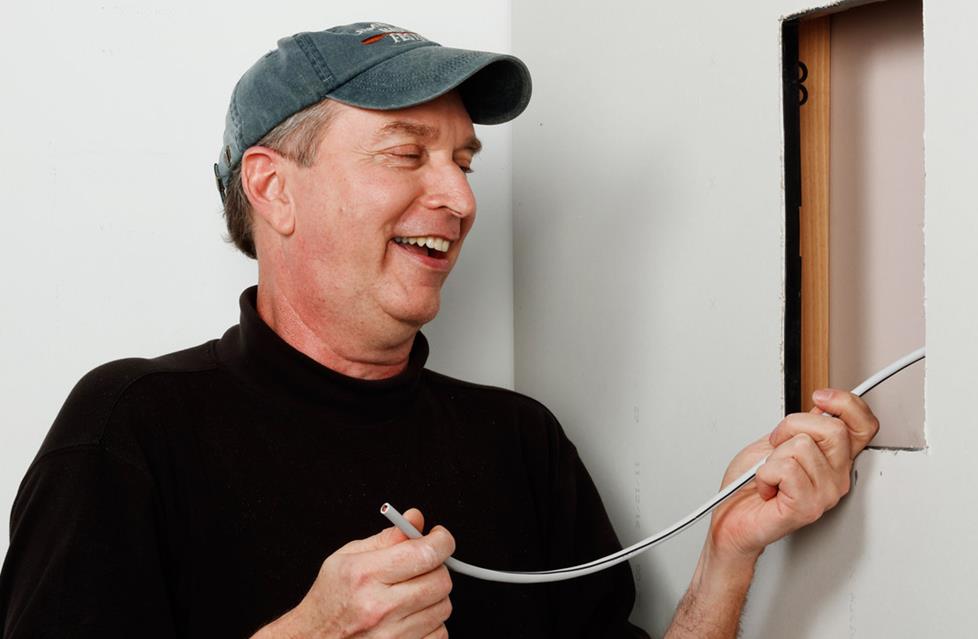When attaching walabot diy to your smartphone our wall scanner stud finder app is able to scan up to 4. Weve all encountered pipes wires and duct work that does not run the full height of the wall and running a single scan at one elevation may lead you to miss these items.

How To Find An Electrical Cable In Your Walls Doityourself Com
How to detect wires and pipes in walls. Some will have a small meter that will begin to show voltage as the stud finder gets close others will have. To use a detector read the instructions first. Youll also figure out which circuit breaker applies to which section of your homes wiring. Move the finder along the wall front towards you and the flat side against the wall. To figure out exactly where the wires are youll look for the outlets and appliances that each wire connects to. The bds200 detects metal studs up to 50 mm deep copper piper up to 25 mm deep and ac wires up to 50 mm deep in the wall.
Tracing electrical wiring in walls can be tricky and it involves more than just looking for the wires themselves. Step 3 find and mark the location of other water pipes in the walls once you are confident you can accurately interpret the pipe detector. Use walabot diy wall scanner stud finder to see studs pipes wires inside your walls. When having detected electrical cables of pipes the tool gives you visual and audio alerts. Combination detectors can find timber pipes and wires by changing the setting on the detector. Locate an entrance to the attic and use a flashlight to check the top of the wall plate on the designated wall to see if there are any wires running down into the wall.
If a basement is available check the basement for any electrical wire entry points on the wall. While finding wires can be a relatively straightforward process locating pipes is a bit trickier. Practice using the detector on a wall where you know the location of pipes studs and wires. When running the wall scanner on walls near a faucet or a tap youll most likely detect water pipes. Simply switch the detector on and place it against the wall. Most of them will tell you to practice on a section of wall or other surface where you know there to be timber pipes or cables.
One rule of thumb is to be especially careful when drilling into any walls that connect to your. Listen for the different indicators and watch the flashing light while detecting each to learn the variations.
Gallery of How To Detect Wires And Pipes In Walls

















